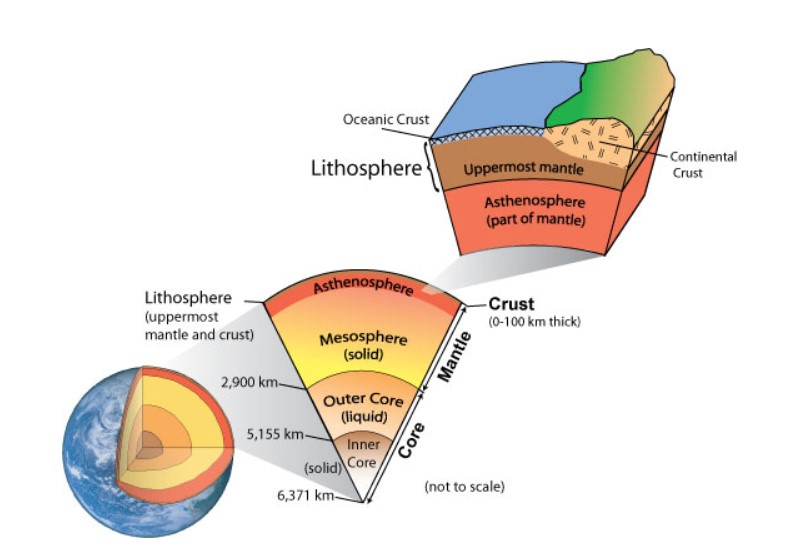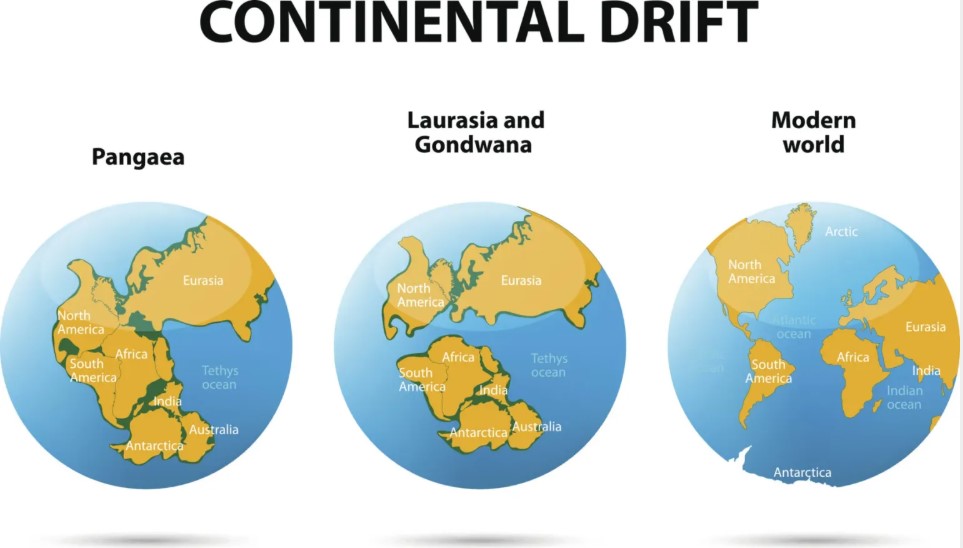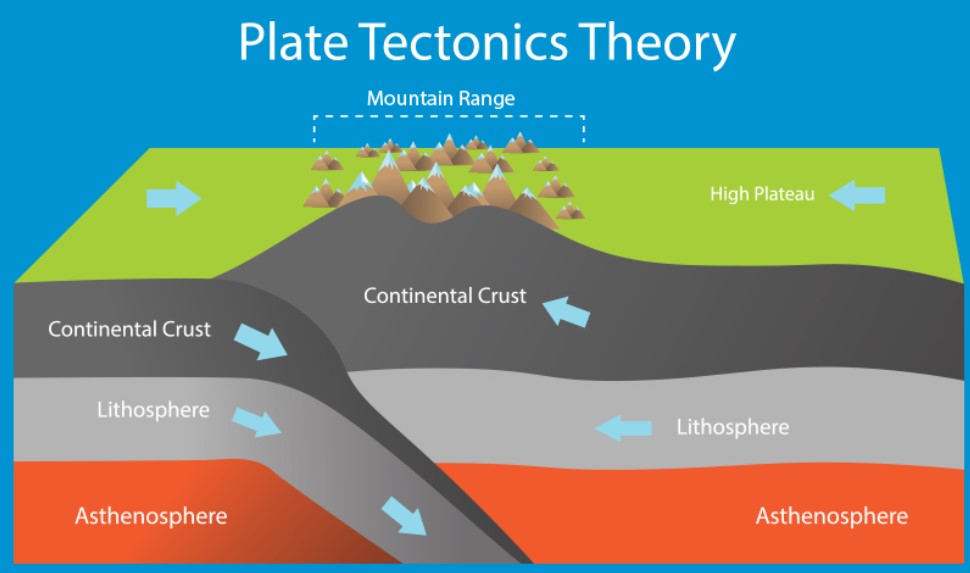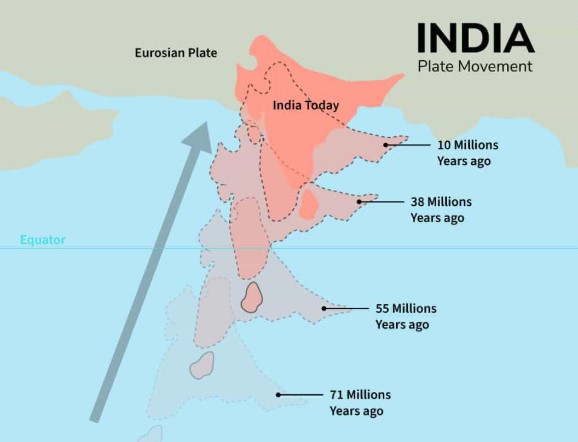7667766266
enquiry@shankarias.in
Mains: GS I – Salient features of World’s Physical Geography
Apart from anthropogenic factors which cause disasters, it is also important to understand the role of earth’s shifting forces.






ragdoll 6 days
You can have fun with Subway Surfers for a long time. Everyone can enjoy Subway Surfers because it's easy to learn how to play, has a catchy music, and bright graphics.